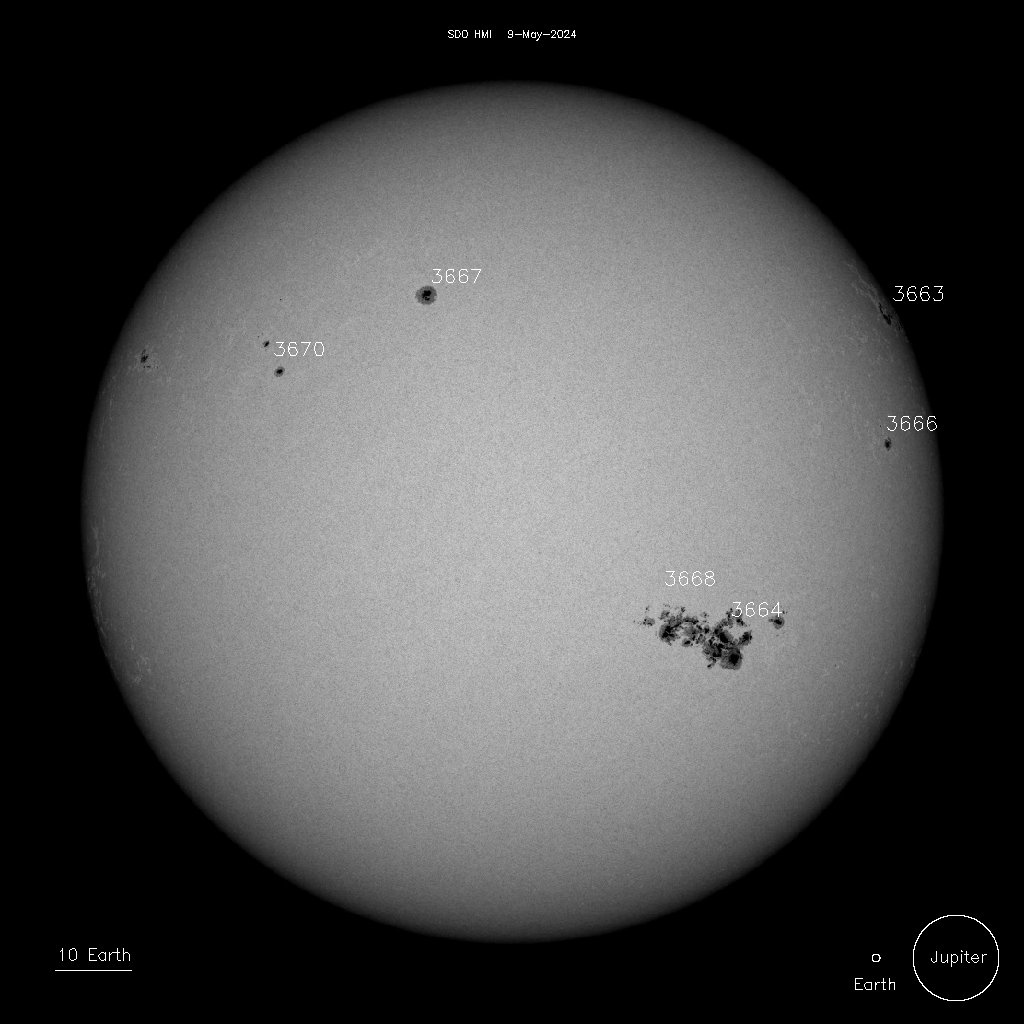Inspired by the great Paolo Maffei in describing the "near" galaxies will start from those closest to those more distant.
This post will collect the links to each post as an index.
The galaxies tend to aggregate in clusters, held together by gravitational force, containing thousands of individual galaxies.
The Milky Way is part of a cluster called Local Group, which includes about 50 items, and whose center of gravity, yet not exactly identified, is located between our Galaxy and the galaxy of Andromeda.
The Local Group is part of the Virgin Supercluster which contains about a hundred of galaxies and groups of galaxies.
With the evolution of observation instruments the number of satellite galaxies of the Milky Way have been increased, most of them highly disturbed and modified by the tidal forces generated from our Galaxy. The tidal forces are produced by the galactic gravitational field, and increases with the decreasing of distance, and they're able to deform the galaxies that arrives in the vicinity, as in the case of satellite galaxies, and also to "stripped" them and creates tails of stars and gases around the parent galaxy.
Half65.
------------------------------------------------------------------
Ispirandomi al grande Paolo Maffei nel descrivere le galassie "vicine" inizierò partendo da quelle più prossime per arrivare a quelle più distanti.
In questo post raccoglierò i links ai singoli post come indice.
Le galassie tendono ad aggregarsi in ammassi, tenuti insieme dalla forza gravitazionale, contenenti anche migliaia di singole galassie.
La Via Lattea fa parte di un ammasso denominato Gruppo Locale, che comprende circa 50 elementi, ed il cui centro gravitazionale, non ancora esattamente individuato, è ubicato fra la nostra Galassia e la galassia di Andromeda.
Il Gruppo Locale fa parte del Superammasso della Vergine che contiene circa un centinaio fra galassie e gruppi di galassie.
Con l'evolversi degli strumenti di osservazione sono andate aumentando il numero di galassie satelliti della Via Lattea, per la maggior parte notevolmente disturbate e modificate dalle forze di marea generate dalla nostra Galassia. Le forze di marea sono prodotte dal campo gravitazionale galattico, che aumenta con il diminuire della distanza, e sono in grado di deformare le galassie che vengono a trovarsi nelle vicinanze, come nel caso delle galassie satellite, e sono in grado di "spogliarle" andando a formare delle scie di stelle e gas intorno alla galassia madre.
Half65.
Canis Major Dwarf Galaxy - Nana del Cane Maggiore (CMa Dwarf) - 25.000 l.y. (a.l.)
Sagittarius Dwarf Elliptical - Nana Ellittica del Sagittario (Sag DEG) - 65.000 l.y. (a.l.)
Large Magellanic Cloud - Grande Nube di Magellano (LMC) - 157.000 l.y. (a.l.)
Boötes Dwarf - Nana di Boote (Boo I dSph) - 197.000 l.y. (a.l.)
Small Magellanic Cloud - Piccola Nube di Magellano (SMC) - 210.000 l.y. (a.l.)
Ursa Minor Dwarf - Nana dell'Orsa Minore (UMi dSph - UGC 9749) - 240.000 l.y. (a.l.)





No comments:
Post a Comment